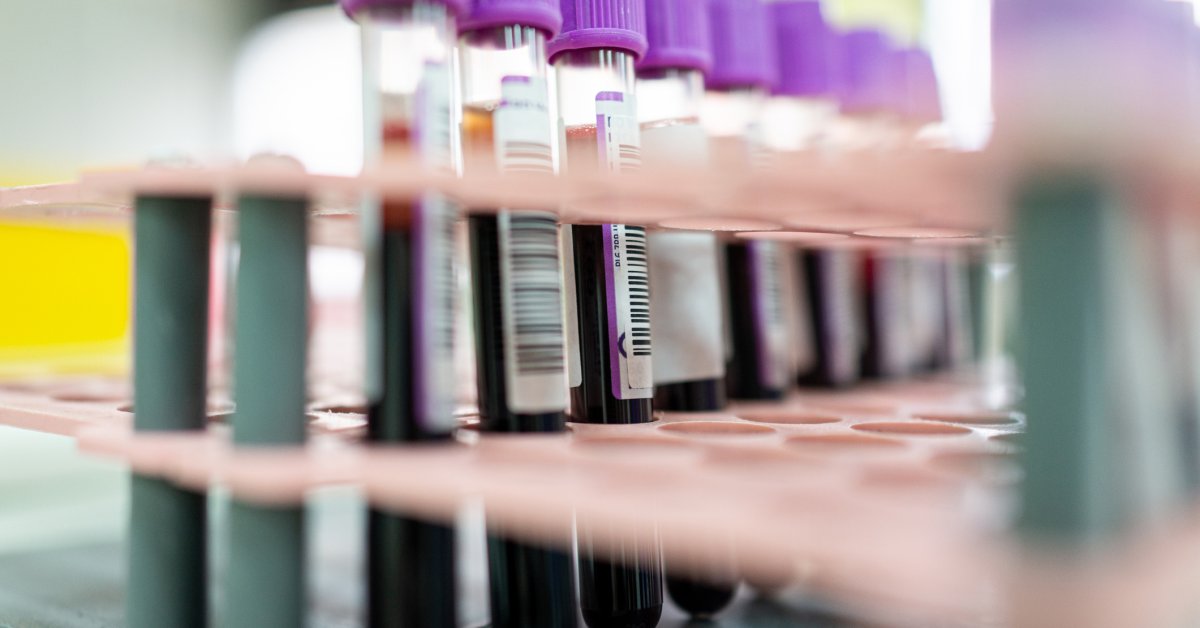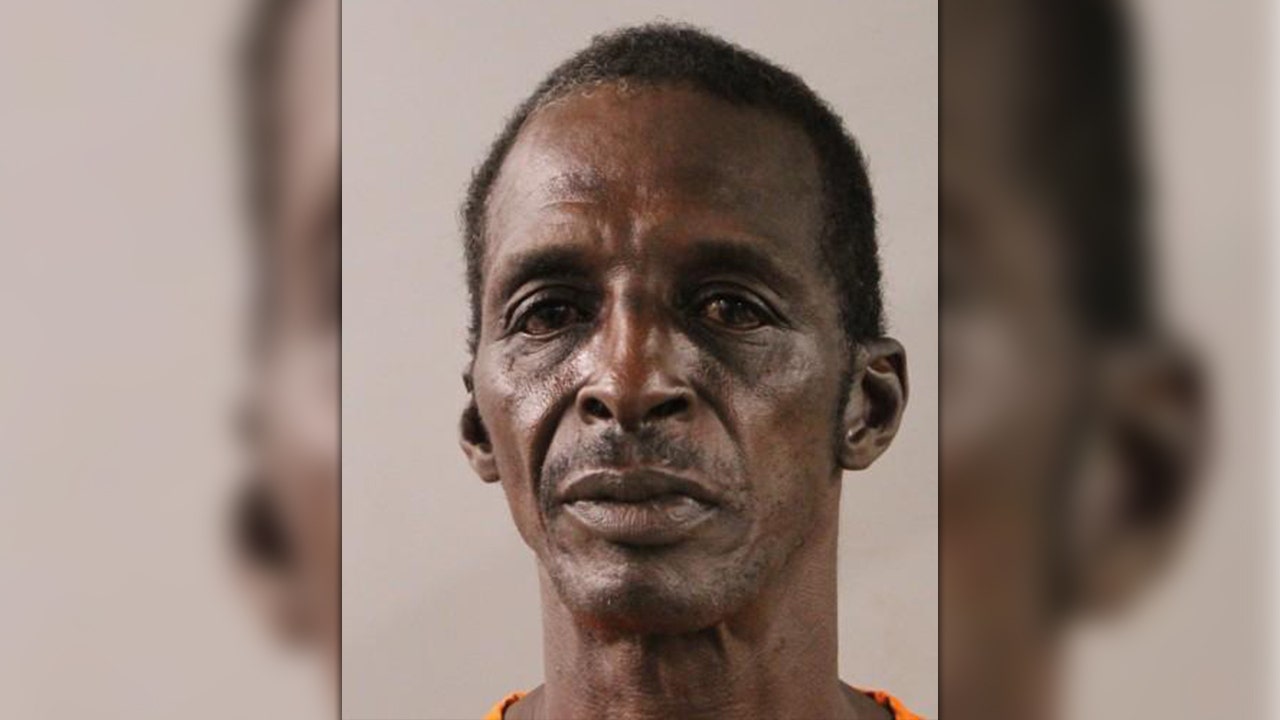Blood clotting is a normal, healthy process. It’s what stops the bleeding when you slice your finger in the kitchen, for example. But sometimes, clotting goes awry. Clots that block major blood vessels can lead to potentially fatal issues like strokes or heart attacks. Tiny clots in the body’s small blood vessels can also be dangerous.
Autopsies of people who died from COVID-19 have shown that some patients develop these tiny “microclots” in their lungs, potentially contributing to respiratory failure. And now, a growing group of researchers believe microclots may also be to blame, at least in part, for Long COVID symptoms.
People with Long COVID can experience a range of health issues—everything from neurological issues to intense fatigue and gastrointestinal distress—for months, or even years, after catching COVID-19. Researchers aren’t entirely sure why this happens. Some argue it’s because remnants of the virus linger in the body, while others think the virus triggers an abnormal immune response that essentially causes the body to attack itself.
Yet another camp of researchers believes that microclots cause Long COVID symptoms by impeding blood and oxygen flow to the body’s organs and tissues. That hypothesis is alluring because it suggests an intuitive treatment approach: if you can flush clots from the blood, you should be able to get rid of symptoms.
Resia Pretorius, head of the physiological sciences department at South Africa’s Stellenbosch University, is one of the leaders of that camp. In August 2021, she co-authored the first paper to raise the microclot theory. Still, Pretorius isn’t ruling out other explanations—or a combination of them. In fact, she believes the leading hypotheses about Long COVID’s causes are interconnected. She posits that lingering viral remnants may damage the cells that line the blood vessels, prompting the formation of inflammation and microclots, which could in turn make the immune system attack itself. “It’s connected,” she says. “It can be seen as interacting with each other, not one [theory] above the other.”
David Putrino, a Long COVID researcher at New York’s Mount Sinai health system who has collaborated with Pretorius, agrees that microclots are likely a piece of the larger Long COVID puzzle. “Microclots are kind of like exhaust fumes,” he says. “They’re showing up because something systemically is going wrong.” Putrino’s research with Yale University’s Akiko Iwasaki (who has also collaborated with Pretorius) suggests Long COVID patients have high levels of systemic inflammation, which he says could lead to the formation of microclots.
“If we can modulate any part of that cascade with therapeutics,” Putrino says, “people are [hopefully] going to start to feel better.”
There is no proven cure for Long COVID. But in December 2021, Pretorius’ research group posted online a study (which has not yet been peer reviewed) showing that 24 Long COVID patients experienced improvements in symptoms, including fatigue, after being treated with blood-thinning drugs.
But some experts have doubts about that approach. Dr. Adam Cuker, clinical director of Penn Medicine’s Blood Disorders Center and a member of the American Society of Hematology, says so much remains unknown about microclots that it feels premature to begin treating people with drugs that come with significant risks, such as excessive bleeding.
“The scientific part of me would say, ‘It would be better if we had more evidence from basic science labs before we turn this into a clinical trial,’” Cuker says. “The tension is that I recognize that there are patients suffering out there and desperate for answers.”
At the moment, Cuker says some of the studies on microclots are “hypothesis-generating,” but he has doubts about some of the ways that researchers are looking for microclots in the blood. For example, the protocol developed by Pretorius’ team involves drawing blood and adding a fluorescent agent. Researchers then compare the sample’s appearance under a microscope with fluorescent-treated samples from healthy control patients. “That’s a very artificial system,” Cuker says. “It’s very different from an autopsy, where you can see with your own eyes that there were clots in the body.”
To help standardize the research process, Putrino’s team is developing an objective way to detect the presence of microclots using a computer vision algorithm. From there, he says, the next step is to determine whether the amount of microclots in a person’s body correlates with their symptom severity. His lab has already gathered some unpublished data that suggest extensive clotting is linked to increased cognitive impairment—another finding, albeit a premature one, that suggests microclots are at least partially responsible for Long COVID symptoms.
Putrino acknowledges that there’s a long way to go when it comes to microclot research, and research on Long COVID in general. But he says it’s necessary to think outside the box, “especially when people’s lives are at stake.”
More Must-Reads From TIME





















Discussion about this post